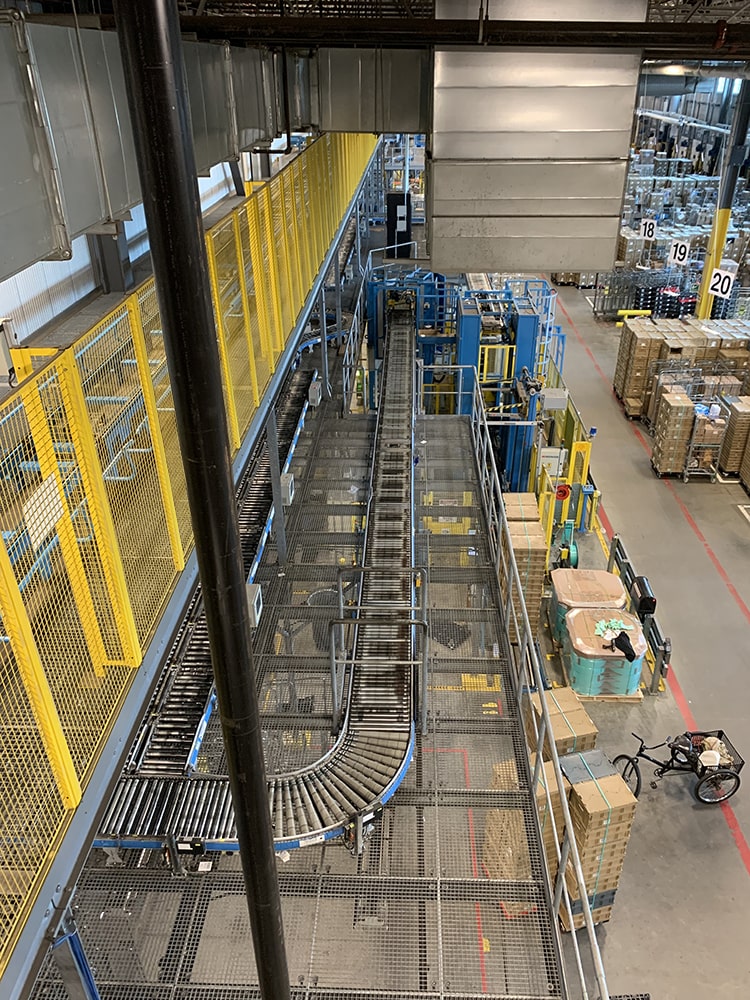Conveyor systems help facilitate efficient processes and transportation workflows in all industries. They are the most versatile and simplest material handling systems. They can minimize human error, lower workplace risks, and reduce labor costs. They are useful in helping to move bulky or heavy items from one point to another. A conveyor system may use a belt, wheels, rollers, or a chain to transport objects.
Products
Conveyor Belt Systems

Conveyor systems can be configured for a multitude of applications and use different variations for transporting of objects from Point A to Point B. Belt driven systems work with two or more pulleys to drive an endless loop belt made from fabric or rubber. The loop then moves a product from one station to the next along the belt. Belt conveyors are commonly used in both manufacturing and distribution facilities. Alternatively, roller conveyors are a form of conveyor belt that utilizes evenly-spaced rotating rollers that allow objects to skate across its surface. They move material and often leverage gravity or implement small motors to do so. The transported material must have a rigid riding surface that is supported by a minimum of three of the rollers. They are ideal for accumulation applications, and the rollers can reduce the inertia of products at a higher speed, making them useful conveyors after high speed sorting machinery. In choosing the right type of conveyor system for your application and industry, consider what your product and process requirements are, what flow rate can your facility support, and what your transfer requirements include.
Selecting the right conveyor system can be challenging for warehouse managers and other stakeholders due to the several conveyor types and hundreds of possible configurations to choose from. At Turnkey, we can help you determine the best options for your specific application needs. Those options can include
- Belt Driven Conveyor Systems
- Roller Conveyors
- Slat/Apron Conveyor Systems
- Chain Driven Conveyors
- And more…
